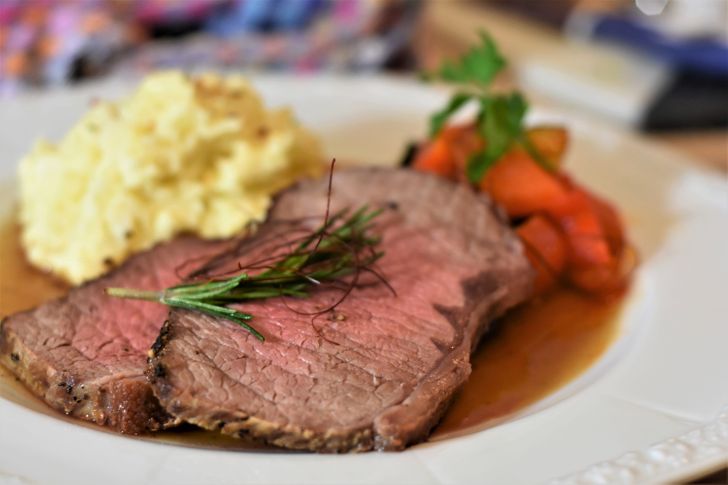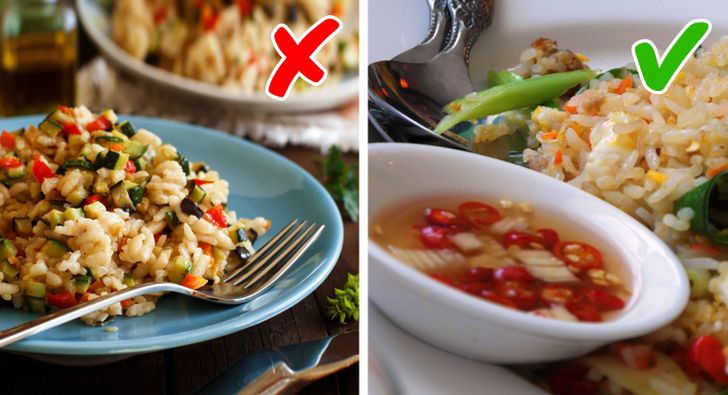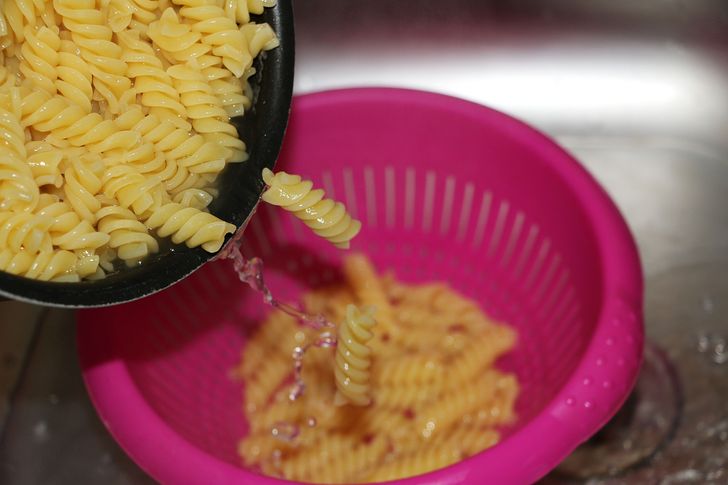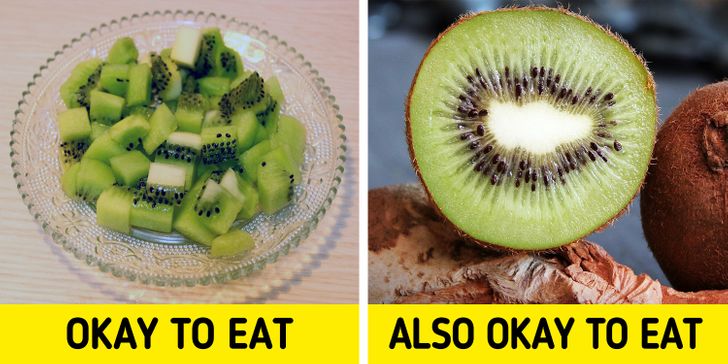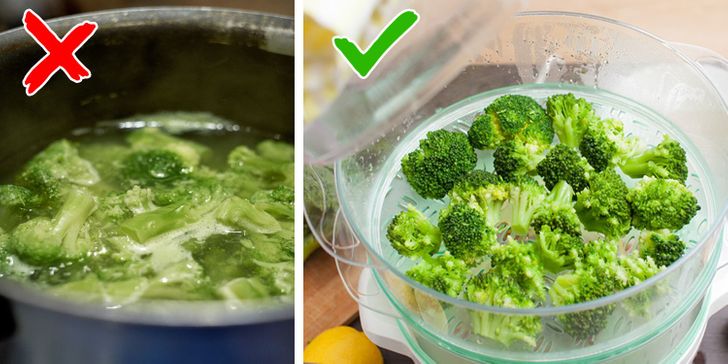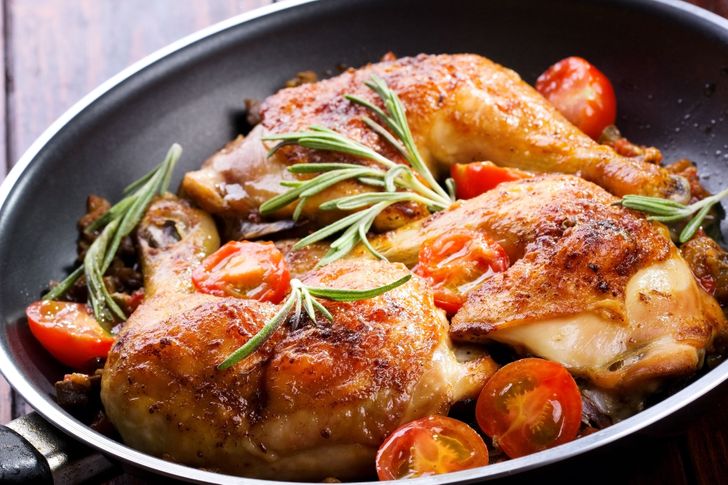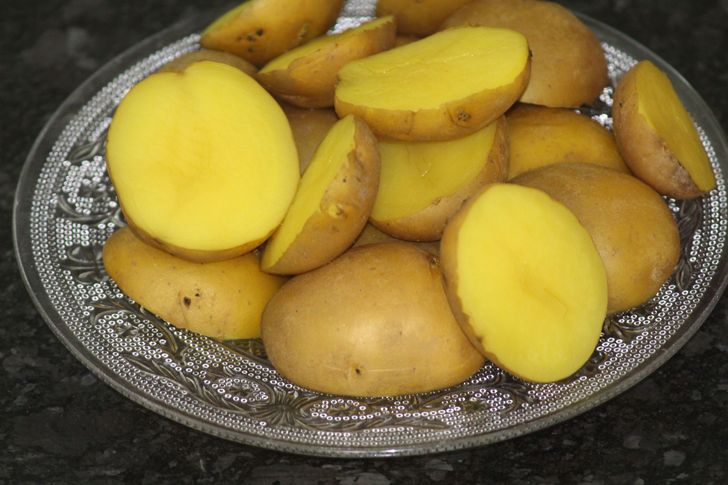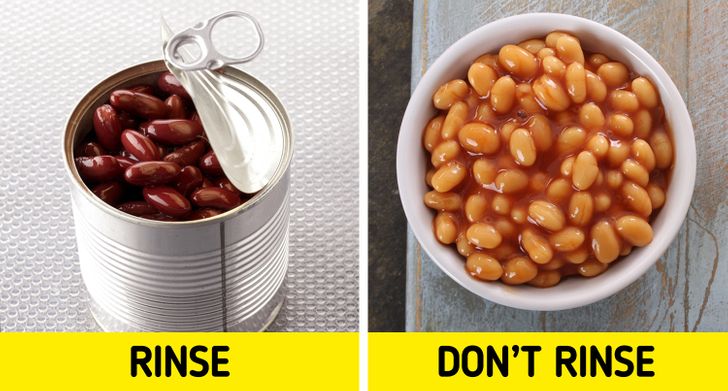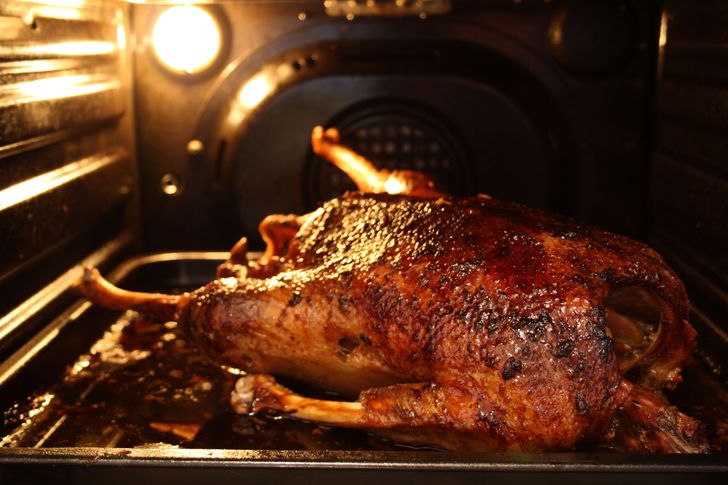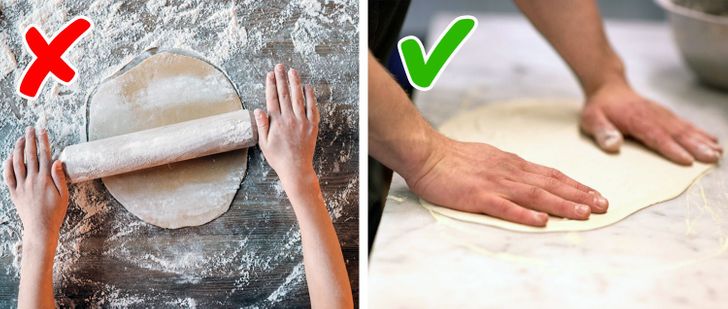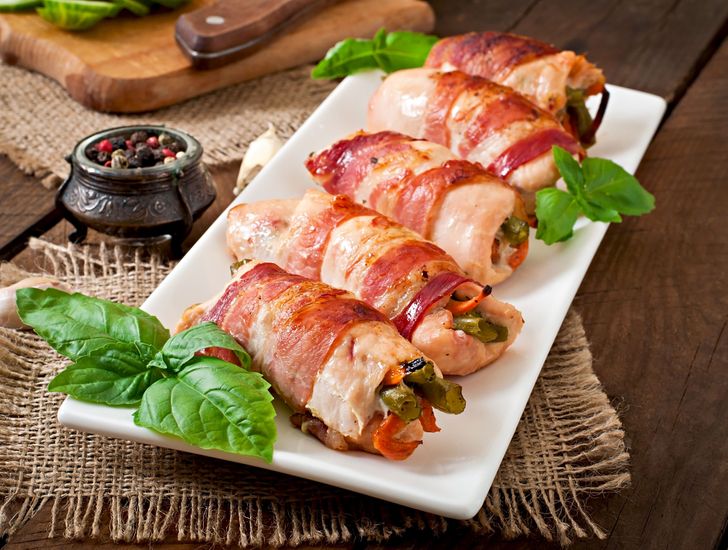you can also add some additional oil / butter while frying your steak and pour it on top of it - then the steak will be very soft and juicy
10+ Products That We Cook Incorrectly and Get Disappointed as a Result
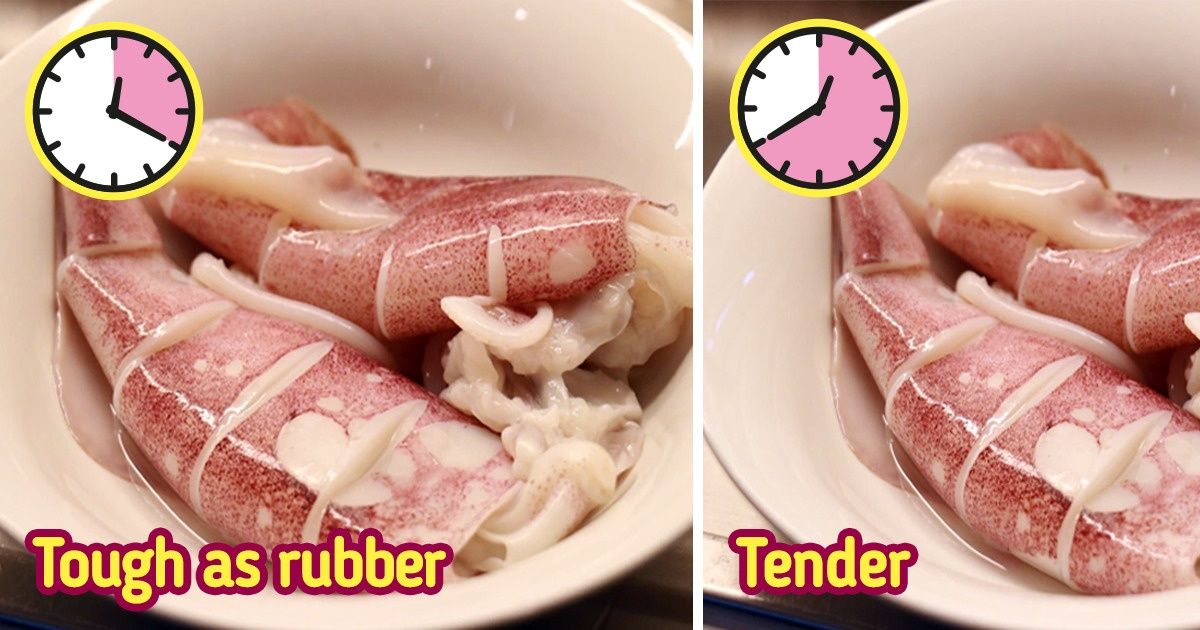
Culinary art is a science. One wrong move can spoil any dish, even in Michelin-starred restaurants. It doesn’t matter whether you’re an experienced cook or only cook for yourself at home, everyone can make mistakes. The main thing to remember is what to do to prevent things from going south just in time.
Bright Side looked through multiple culinary sites to show you how to avoid typical mistakes in the kitchen and turn every dish that you cook into a masterpiece.
1. Squid
In the classical recipe, chefs recommend boiling squid for about 50-60 seconds or to scald them with boiling water. Otherwise, the squid becomes rubbery and inedible. But if you did overboil them, then continue to cook them for 30-40 minutes. During this time, the seafood will absorb the broth, increase in size, and become soft.
2. Steak
After frying a steak or cooking a meat roll, one can quickly be tempted to cut it into pieces and eat it up. But hot meat contains special juices, and you run the risk of getting overdried, hard meat if you eat it too fast. In order to avoid this, let the dish “rest” for 5-10 minutes after cooking it.
3. Risotto
The dining critic, Dave Lowry, recommends eating risotto with a spoon, starting from the edge of the plate and slowly moving toward its center. It will let the dish stay hotter for longer. A fork, in its turn, will leave gaps that cool risotto quickly.
4. Pasta
Usually, one pours out all the water from the pot that the pasta was boiled in — this is the main mistake people make. Leave half a glass of the water the pasta was boiled in at the bottom of the pot and add it to the sauce. Salty starchy water is a perfect thickener. It will add an aroma to the sauce, making it more saturated.
5. Kiwi
6. Broccoli
7. Chicken
Fans of healthy eating advise removing the chicken’s skin before cooking it. This is all because this skin is high in fat, which can lead to high cholesterol levels. In order to preserve the taste of poultry, it’s better to remove the skin right before starting to eat the dish. When the chicken is cooked, it absorbs a part of the fat from its skin, which is what makes the meat more juicy and aromatic.
8. Baby potatoes
Baby potatoes are high in potassium, iron, magnesium, vitamin C, and B6. To preserve all the beneficial properties, cook and bake the vegetable along with its peel because it contains a large number of vitamins and minerals.
9. Kidney beans
As a rule, canned beans preserved in their own juices are usually covered with a cloudy liquid. Not only does it look unappealing but it’s also bad for your health. This brine contains a lot of sodium and starch. In order to avoid it, pour the liquid out and rinse the beans.
10. Poultry
Roasted chicken or turkey can become overdried while cooking. In order to avoid this, try not to open the door of the oven while cooking. Every time you do it, the oven loses heat, the cooking time gets longer, and the poultry becomes overdried as a result. Use a temperature probe to check the readiness of the meat. The temperature inside the thickest part of the poultry should be 165°F. Also, make sure to let the dish “rest” for 30-40 minutes.
11. Dough for pizza
It’s not for nothing that pizza manufacturers stretch the dough with their hands. It’s not for show — it’s simply the best way to make it soft and fluffy. When rolling the dough with a rolling pin, you can crush air pockets, which will prevent the dough from rising when you bake it.
12. Dishes with bacon
In many recipes, chefs recommend wrapping prawns, ground meat, or veggies with bacon before cooking them. A cook, Eliza Cross, says that the strips of raw bacon can get unevenly cooked and partially burned. It’s better to use precooked pork. Bake strips of bacon in the oven at a temperature of 400°F. It will make the bacon flexible and easier to wrap around other products.
What else would you add to this list?
Comments
I read a lot it's a good thing to eat a kiwi with its skin but I just can't bring myself to do it, it feels so dirty
Related Reads
13 Stories Proving That Female Solidarity Turns Ordinary Women Into Legends

I Refuse to Sleep Under the Same Roof as My Stepson — My Daughter’s Safety Comes First

My Husband’s Wedding Speech Was Meant to Be Romantic—It Became My Wake-Up Call Instead

11 People Who Proved That Quiet Kindness Lights the Darkest Moments

15 Times Small Acts of Kindness Made a Giant Difference

I Absolutely Refuse to Tolerate My DIL’s Laziness, My Son Deserves a Wife, Not a Freeloader

15 Fitting Room Stories That Can Make You See Shopping in a Whole New Light

22 People Who Found a Hidden Treasure Where They Least Expected It

My MIL Mocked Me at My Husband’s Birthday Party—I Gave Her a Brutal Reality Check

14 Stories That Prove Kindness Takes a Moment, but Means the World

10 Honest Stories That Capture the Struggles and Pain of Blended Families

18 Stories That Prove a Cleaner’s Job Is About More Than Just Dusting


